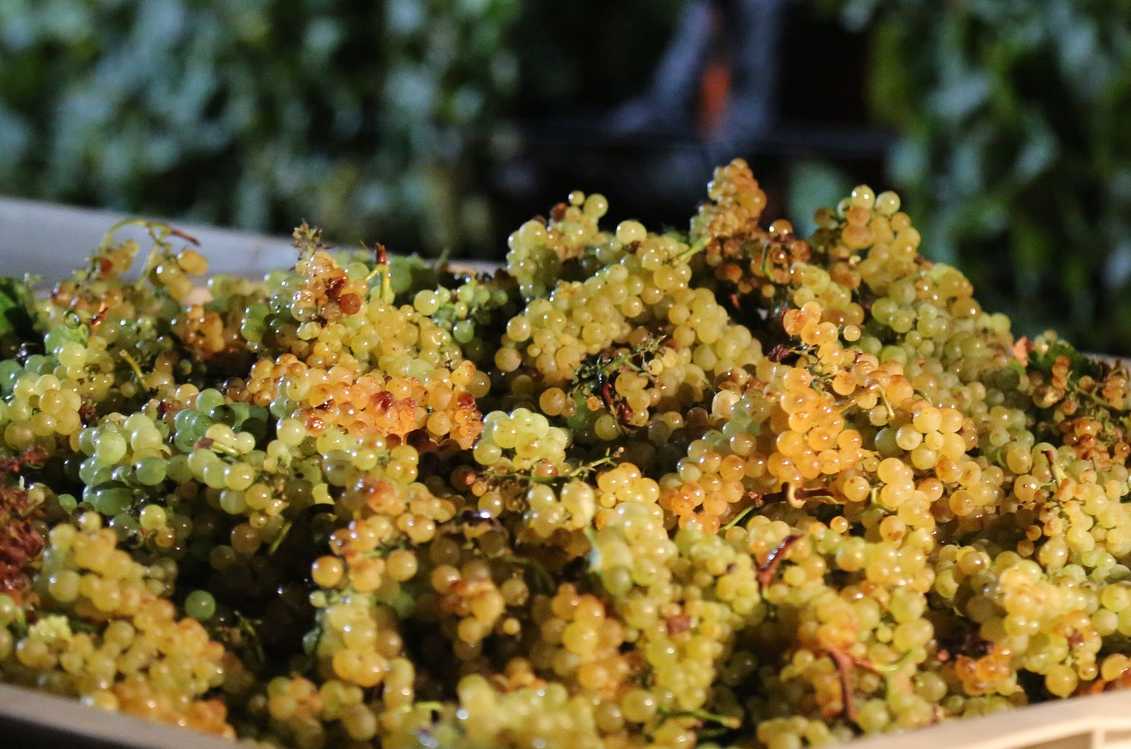
There are Cabernet Day, Grenache Day and a few more varietal days. Today is International Chardonnay Day and one thing is for sure: Chardonnay has earned this day as it is possibly the most adaptable grape variety that not only reflects the distinct terroir it grows on, but is also very sensitive to the techniques used in the cellar. That’s why Chardonnay comes in a variety of different styles: from taut and steely, through soft and creamy, to bold and opulent. In each of these styles, the Chardonnay grape variety is successful, as evidenced by very good placings at many of
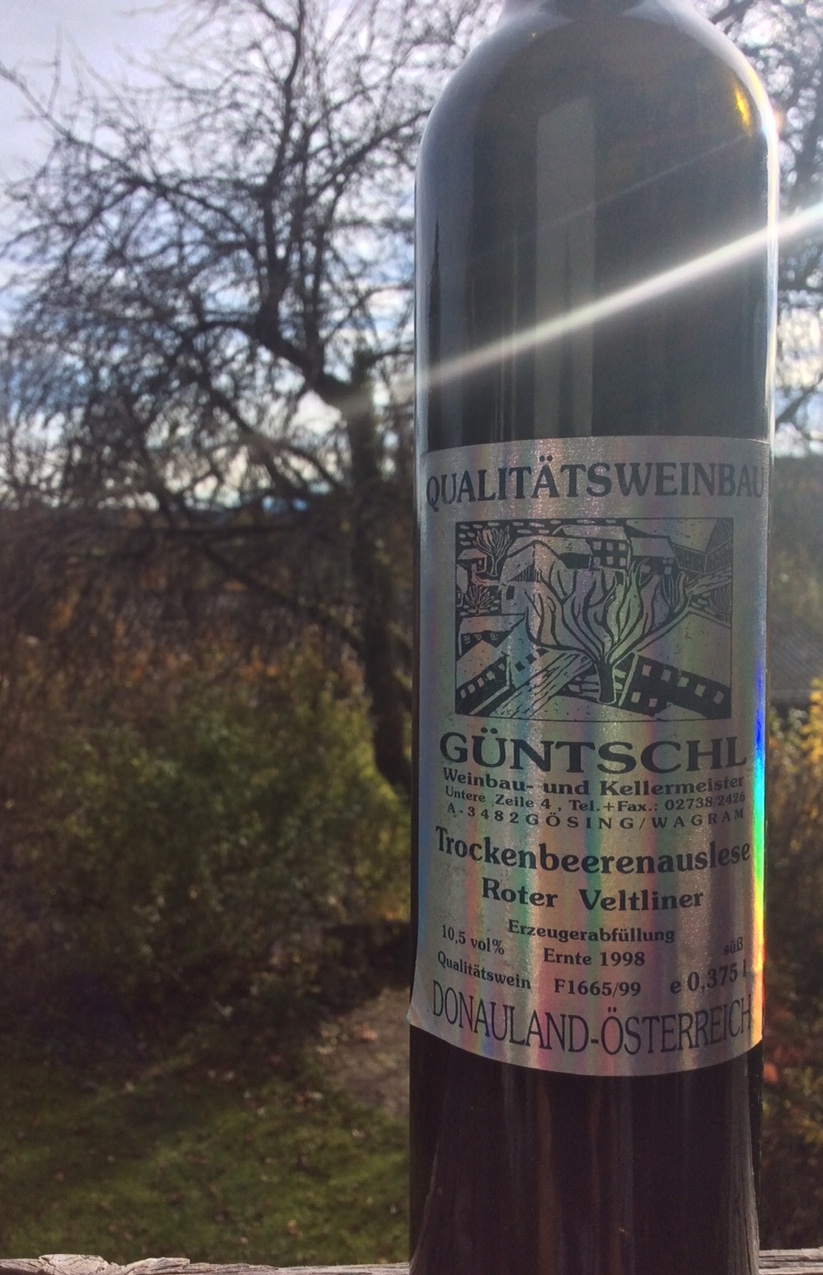 North and south of the Danube lies the Austrian winegrowing area Wagram. In the larger northern part of the wine thrives mainly on loess and sandy gravel soils. As in all of Austria, the Gruner Veltliner with a cultivated area of 1,330 hectares is also here the number one. Yet there is no other austrian winegrowing area in which more of the almost similarly named variety Roter Veltliner is cultivated than in Wagram – 82 hectares. With Gruner Veltliner, the autochthonous grape variety Roter Veltliner has nothing to do, it is known rather as crossing partner of some other Austrian autochthonous varieties such as Neuburger, Rotgipfler or Zierfandler…
North and south of the Danube lies the Austrian winegrowing area Wagram. In the larger northern part of the wine thrives mainly on loess and sandy gravel soils. As in all of Austria, the Gruner Veltliner with a cultivated area of 1,330 hectares is also here the number one. Yet there is no other austrian winegrowing area in which more of the almost similarly named variety Roter Veltliner is cultivated than in Wagram – 82 hectares. With Gruner Veltliner, the autochthonous grape variety Roter Veltliner has nothing to do, it is known rather as crossing partner of some other Austrian autochthonous varieties such as Neuburger, Rotgipfler or Zierfandler… 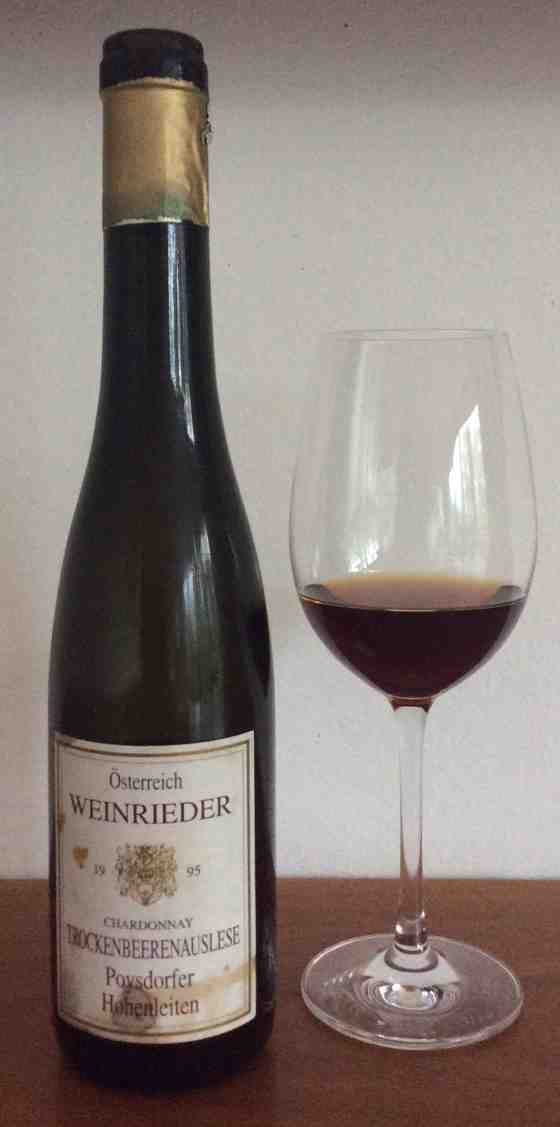 lot of sweet wines, including many old TBAs in his wine cellar, from which we time by time we taste some. As a result of this fact, six of the eight TBAs discussed so far in the blog were 15 years or older. For me five of them met the criteria for an excellent wine.
lot of sweet wines, including many old TBAs in his wine cellar, from which we time by time we taste some. As a result of this fact, six of the eight TBAs discussed so far in the blog were 15 years or older. For me five of them met the criteria for an excellent wine.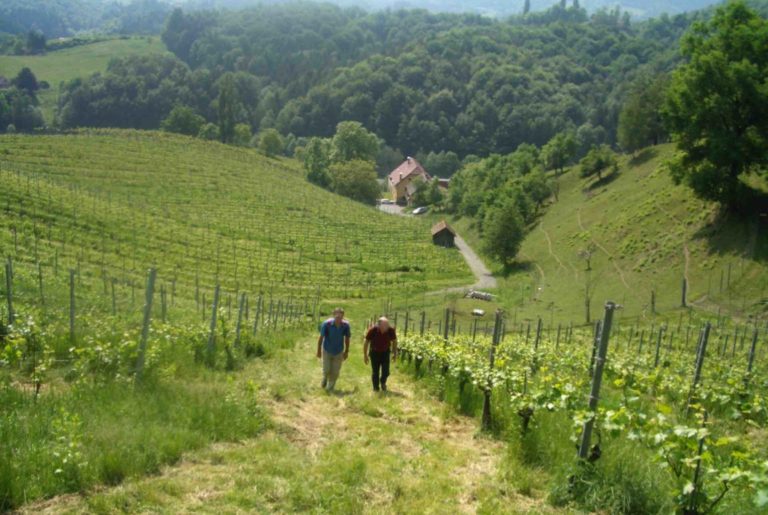
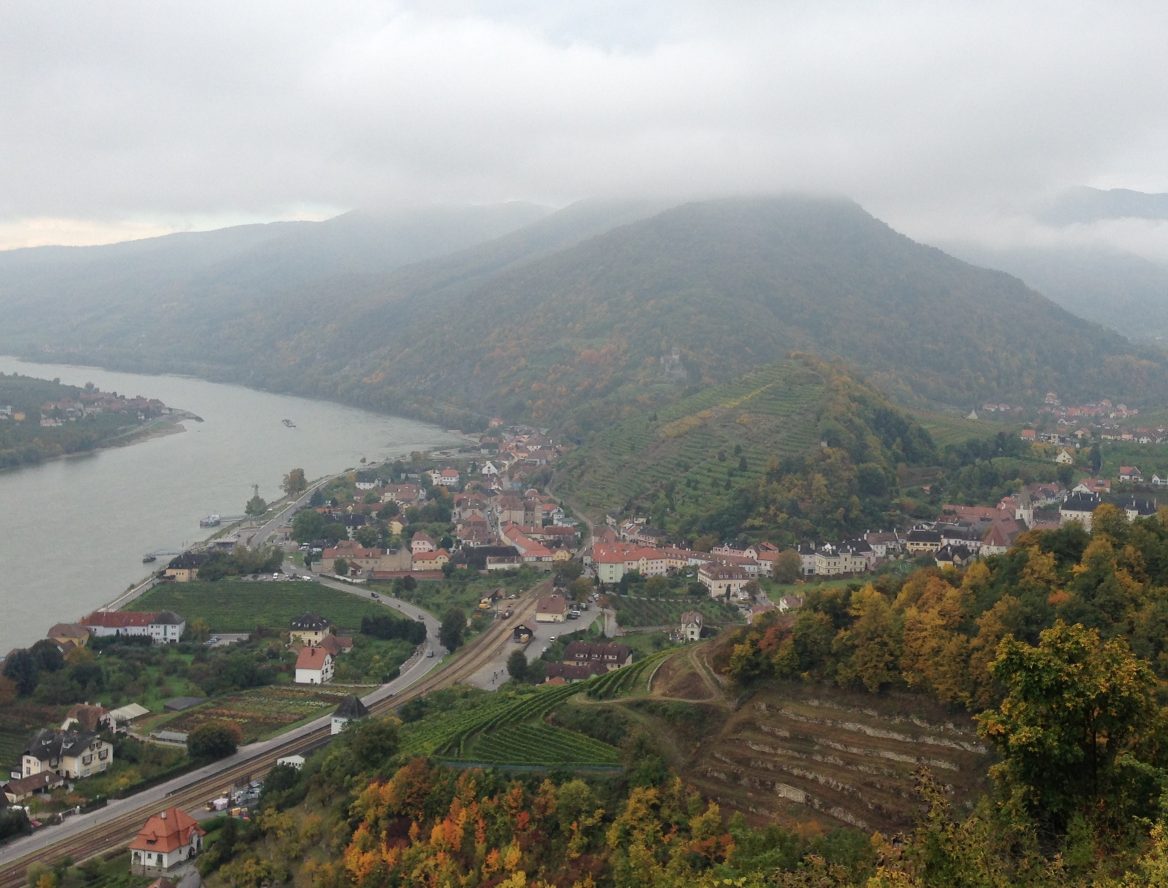
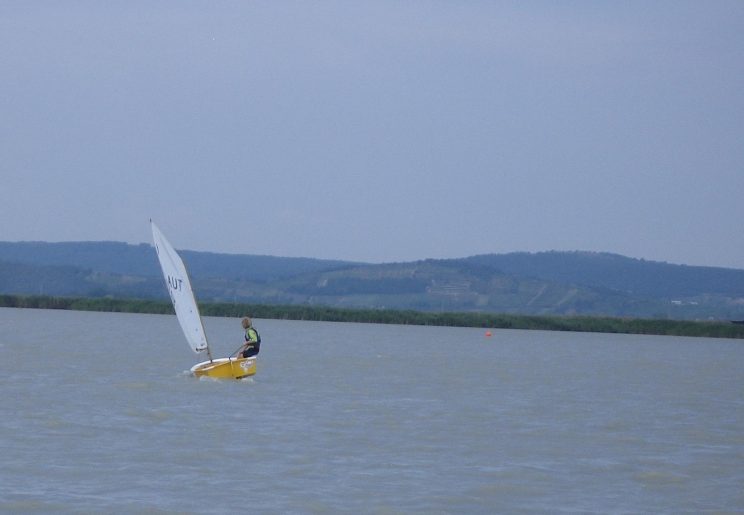 Austria has many sweet wines to offer, very well known are those which originate round the Lake Neusiedl. Worldwide recognised are especially the sweet wines of the Seewinkl, located on the southeastern lake side near Hungary. In the southernmost part of the Seewinkel, in Apetlon, the Winery Michael Opitz farms vineyards of seven hectares surrounded by salt lakes and meadows, with a sustainable approach . The microclimate is characterized by cold winters, a rainy spring, dry, hot summers and a mild autumn enabling a long ripening of the grapes. The Lake Neusiedl also has a regulating effect, it ensures high humidity and so also the fog in autumn, which is …
Austria has many sweet wines to offer, very well known are those which originate round the Lake Neusiedl. Worldwide recognised are especially the sweet wines of the Seewinkl, located on the southeastern lake side near Hungary. In the southernmost part of the Seewinkel, in Apetlon, the Winery Michael Opitz farms vineyards of seven hectares surrounded by salt lakes and meadows, with a sustainable approach . The microclimate is characterized by cold winters, a rainy spring, dry, hot summers and a mild autumn enabling a long ripening of the grapes. The Lake Neusiedl also has a regulating effect, it ensures high humidity and so also the fog in autumn, which is …